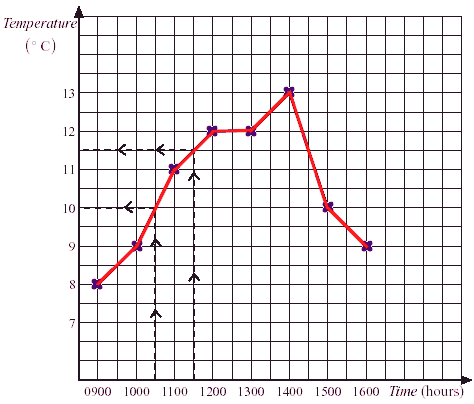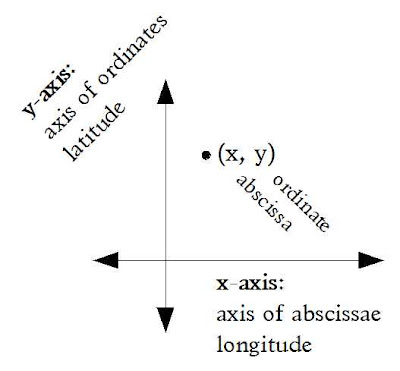

To graph a point, first locate its position on the x-axis, then find its location on the y-axis, and finally plot where these mee. There's no mention of how that particular term originated, however. Answer (1 of 11): The horizontal axis is called the x-axis.And the vertical one is the y-axis.Cartesian points are written as xy pairs in parentheses, like so: (x, y).

The name “applicate” is rare in English, but its equivalents in continental European languages, as “die Applikate” in German and “aplikaat” in Estonian, are more known. I can't seem to find the PM entry, but here's part of it as quoted in the thread: Math thread about the term, referencing PlanetMath as a source. "Earliest Known Uses." doesn't have an entry for "applicate". 31 “'Tis required to find the relation of the Fluxion of the Ordinate to the Fluxion of the Abscisse.”

Leibniz used the term ordinata in 1692 in Acta Eruditorum 11 (Struik, page 272).įor the word in English the OED has a passage from 1706: H. Leibniz used the phrase "per differentias ordinatarum" in a letter to Newton on J(Scott, page 155). 31 “’Tis required to find the relation of the Fluxion of the Ordinate to the Fluxion of the Abscisse.”Ĭajori (1906, page 185) writes: "The Latin term for 'ordinate,' used by Descartes comes from the expression lineae ordinatae, employed by Roman surveyors for parallel lines.Ĭajori (1919, page 175) writes: "In the strictly technical sense of analytics as one of the coördinates of a point, the word "ordinate" was used by Leibniz in 1694, but in a less restricted sense such expressions as "ordinatim applicatae" occur much earlier in F. 2, Band I (1858), 266-269).Īccording to Struik (page 272), “This term, which was not new in Leibniz's day, was made by him into a standard term, as were so many other technical terms.”įor the word in English the OED cites a passage from 1706: H. Īccording to Cajori (1906, page 185), “The term abscissa occurs for the first time in a Latin work of 1659, written by Stefano degli Angeli (1623-1697), a professor of mathematics in Rome.” A footnote attributes this information to Moritz Cantor.Ībscissa was used in Latin by Gottfried Wilhelm Leibniz (1646-1716) in “De linea ex lineis numero infinitis ordinatim ductis inter se concurrentibus formata.,” Acta Eruditorum 11 1692, 168-171 (Leibniz, Mathematische Schriften, Abth. Cavalieri in his Indivisibles, by Stefano degli Angeli (1623-1697), a professor of mathematics in Rome, and by others.”Ībscissa is found in Latin in 1656 in Exercitationum Mathematicarum by Frans van Schooten. In the more general sense of a ‘distance’ it was used earlier by B. The technical use of ‘abscissa’ is observed in the eighteenth century by C. Īccording to Cajori (1919, page 175), “The words ‘abscissa’ and ‘ordinate’ were not used by Descartes. From the "Earliest Known Uses of Some of the Words of Mathematics" pages.


 0 kommentar(er)
0 kommentar(er)
